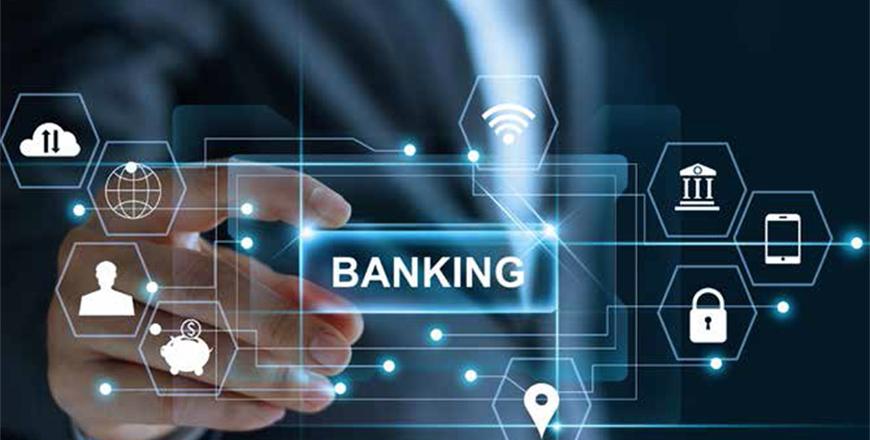- Mix
- Tue-2021-06-08 | 02:01 pm

Nayrouz News Agency :
The COVID-19 pandemic thrust us into embracing a digital-first mindset. Here we bite into the sweet flavours of online banking, an easy and effective way to manage our finances.
I landed a job in corporate finance 16 years ago. I was so excited about the new job and firm, and one of the things I was grateful for was that the firm was located right above my bank!
You see, in those days, a bank transaction meant traffic, parking stress, queuing in line, and paperwork. You had to allocate a few hours of your already over-packed day for a simple transfer or to fill a loan application. With the endless blessings of technology, all of this is long gone! I can now complete my banking transactions at 11pm on a Friday in my PJs while binge-watching Netflix.
Today, technology has changed how we deal with our money; we can pretty much do everything online. And banking transactions are no exception. Banks have launched online services under creative names (i-banking, e-banking, among others) to convey that we can carry out financial transactions over the Internet through our computers and smartphones.
Open access anytime, anywhere
Online Banking gives us open access to our bank accounts with no restrictions on working hours, dress codes or locations. It provides us with the flexibility and efficiency to monitor our spending, investments, loans and credit cards, giving us data about our financial reality that is easily accessible.
Executing financial transactions
Internet banking allows us to manage and maintain our bank accounts, including opening bank accounts, updating personal information, transferring funds, getting a loan application approved, requesting a credit card or a chequebook.
Settling bills
I use online banking to pay my utilities and mobile bills, traffic tickets, property tax, social security, school fees and endless other obligations. It saves me so much time and effort, all the while keeping records of all the transactions as part of my financial data, which I can easily trace and reference. No more paper files or tins! Yes, I have seen those!
Realising how technology transformed their client’s banking experience, banks have invested a lot in their technology platforms, especially in security measures, including encrypted websites, automatic logouts and multiple authentication codes. Online banking is generally safe as long as we, online banking clients, educate ourselves on how to bank safely online.
I suggest you call your bank or research online how you can be a responsible online banking client.
Five tips for safe online banking
•Never replying to emails from your "bank” asking you for personal details or passwords
•Using a secure Wi-Fi connection for your online banking
•Checking your statements for unfamiliar transactions and reporting them
•Not using your "one password for everything” for your online banking. Choose a strong password and check with your bank if it is advisable to change it periodically
•Ensuring your anti-virus software is up and running and your mobile updates are in check
Happy Online Banking!
Reprinted with permission from Family Flavours magazine









